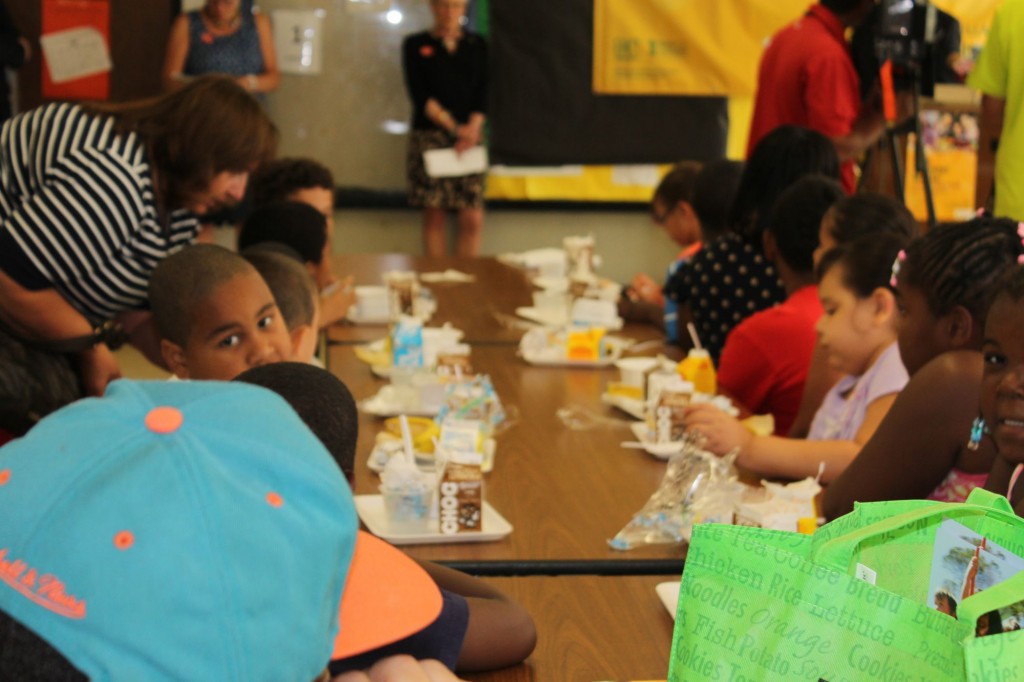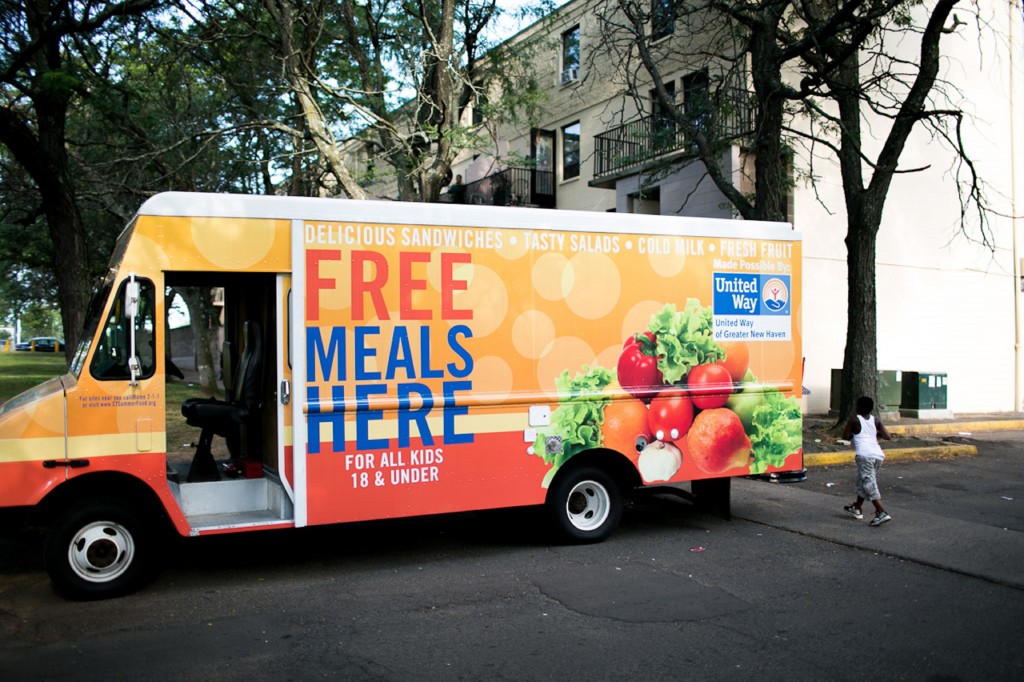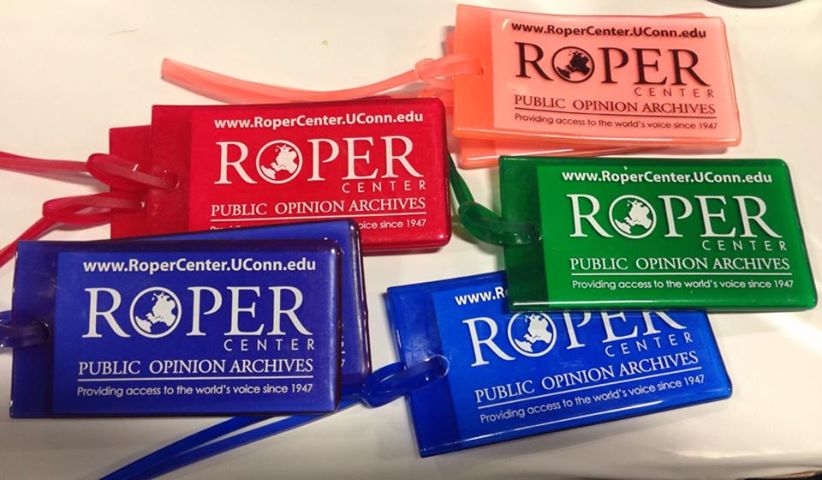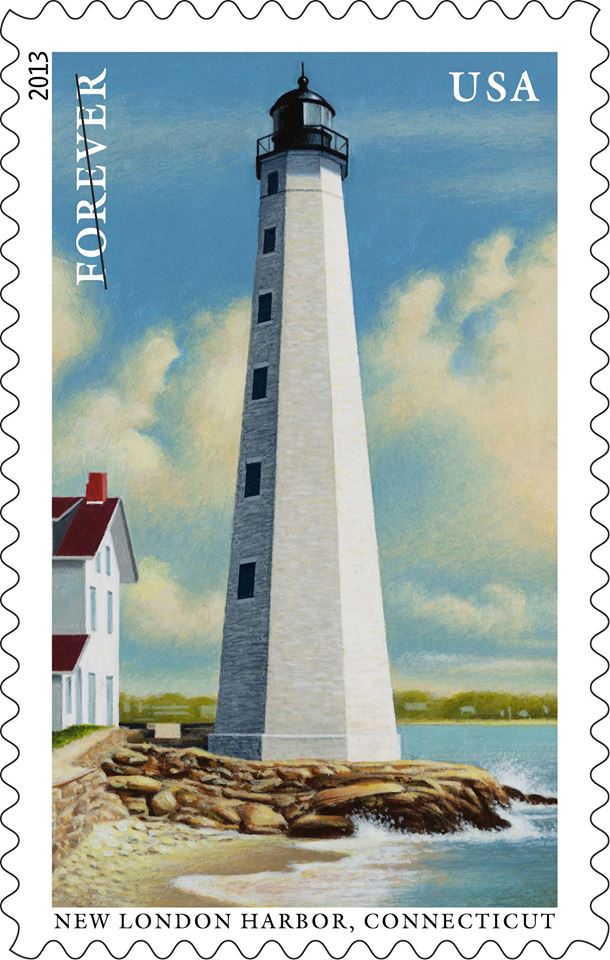Free Summer Meals Program for Children Aims to Provide Nutrition, Sustain Academic Progress
/
Turns out, there is a free lunch. In fact, Connecticut’s summer meal program for children 18 and under is providing hundreds of lunches – and breakfasts. As Governor Malloy points out in a radio commercial now being broadcast around the state, 3 in 4 Connecticut children who could receive free meals aren’t doing so.
Officials say that the absence of good nutrition over the summer – when children are out of school and school lunch programs are unavailable - may contribute to children slipping somewhat in their educational progress. “Summer learning loss,” they say, may be caused in part by “summer nutrition loss.” The free Summer Meals program aims to turn that around.
The statistics are startling. There are 100,000 children in Connecticut who don’t know where their next meal is coming from, according to Lieut. Gov. Nancy Wyman, who helped to kickoff the statewide initiative, and joins the Governor in the radio announcement. That is why more than 400 locations around the state, including churches, parks, schools and even some pools, are serving free meals to children throughout the summer a s part of the summer meals program and the state’s ongoing End Hunger Connecticut initiative.
s part of the summer meals program and the state’s ongoing End Hunger Connecticut initiative.
A new interactive website, www.ctsummerfoods.org, was launched at the beginning of the summer that lists all the locations serving the meals. The site allows people to simply type in a town or zip code to see a list of locations in that area that offer the meals.
Children and teens, under 18, do not have to be receiving free or reduced price school meals during the school year to eat a free, nutritious, summer meal and/or snack at participating locations. Connecticut ranks 5th in country, as of 2012, for such programs, with about 25% of children who are eligible are receiving the breakfasts. “We need to do better,” said Stefan Pryor, Commissioner of the State Department of Education, when the program began just after the school year ended.
The program website notes that “Only 25.8 of every 100 low-income students that participate in school lunch also participate in summer nutrition. If participation reached 40 percent, an additional 19,558 students would be reached and that would bring an additional $1.35 million federal dollars into the state.”
By heightening visibility of this program, the Connecticut No Kid Hungry campaign and its partners aim to increase participation in the state’s 2013 summer meals program by 9 percent. Flyers and other program material is available on-line to help local organizers get the word out in their communities.
In launching the program, “Blitz Days” were held in Hartford, Groton, Naugatuck, Norwalk and Waterbury to bring attention to the initiative, which is mostly funded by the federal government. CT News Junkie has reported that program organizers don’t ask too many questions of those coming to receive meals. Income guidelines are not required because the idea is not to discourage anyone from receiving a meal, state officials said.
Last year the state of Connecticut received  $1.55 million to administer the program. The bulk of that or $1.3 million was used to purchase food. Summer meals are paid for by the United States Department of Agriculture (USDA). The Connecticut State Department of Education works with the USDA to reimburse sponsors for the summer meals they provide to children and teens, under 18, at participating summer meals locations.
$1.55 million to administer the program. The bulk of that or $1.3 million was used to purchase food. Summer meals are paid for by the United States Department of Agriculture (USDA). The Connecticut State Department of Education works with the USDA to reimburse sponsors for the summer meals they provide to children and teens, under 18, at participating summer meals locations.
For details on dates and times that meals and/or snacks are being served at particular locations, individuals can use the Location Finder, text “CTmeals” to 877877, or call, toll-free, 2-1-1. It is anticipated that the program will continue until the start of the school year in late August.















































